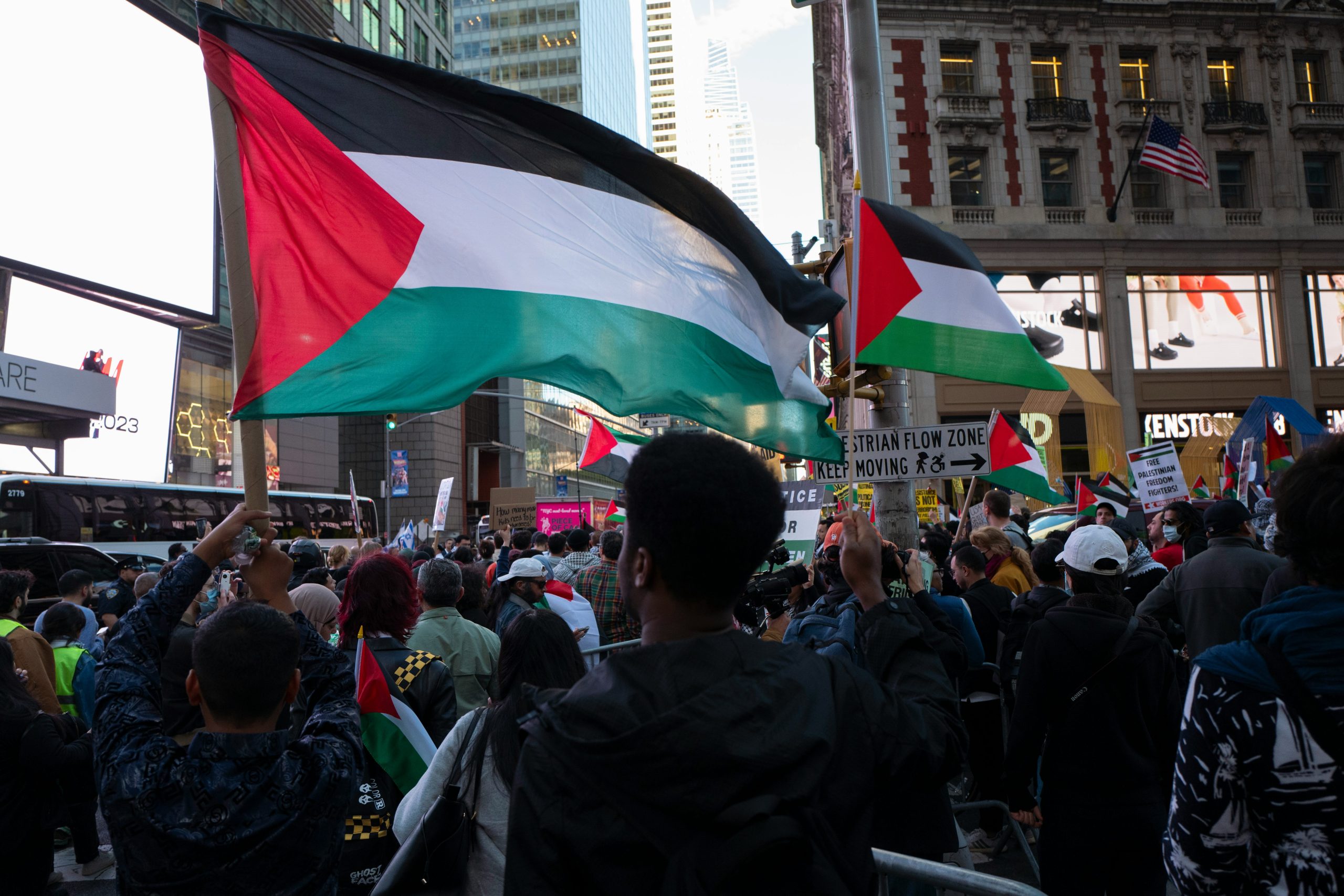
Humanitarian repercussions of Israel-Hamas fighting and Muslim Brotherhood’s increasing influence
The brutal Israel-Hamas fighting has been raging on since October 7, 2023, putting a major portion of the region into chaos. The violence has turned the Gaza Strip upside down, making it immensely difficult for Palestinians there to access basic amenities.
The top UN court, the International Court of Justice (ICJ), has ordered Israel to “immediately” halt its military operation in Gaza’s Rafah, describing the humanitarian situation in the southern city as “disastrous”. Hundreds of thousands of civilians are sheltering in Rafah.
The fighting erupted on October 7 morning as Hamas militants launched a surprise attack on Israeli cities, killing some 1,200 people and taking several others hostages. Israel’s retaliatory strikes, on the other hand, have so far claimed at least 35,857 lives, as per authorities.
Concerning humanitarian situation in Gaza
Majority of Israelis believe the ruling government is not doing enough to free the hostages. The Midgam polling institute for Israel’s Channel 12 recently conducted a poll to find 67% of Israelis believe Benjamin Netanyahu’s government is not doing enough to free captives in Gaza.
In terms of the concerning humanitarian situation unfolding in the Gaza Strip, Reuters noted in a report earlier this month that an estimated 1.7 million people, or more than 75% of the territory’s population, have been displaced, according to the UN Palestinian refugee agency.
Many have been seeking shelter in the Egyptian border city of Rafah. The displaced have crammed into overcrowded shelters in or near the refugee agency’s facilities such as schools, makeshift tents and homes that have not been flattened.
Catastrophic levels of hunger
The raging conflict has damaged or destroyed at least 62% of all homes in the enclave, according to an assessment published in March. It could take some 14 years to remove the massive amount of debris, according to a senior officer at the UN Mine Action Service.
Experts on the ground estimate that 1.1 million people in Gaza are suffering catastrophic levels of hunger. In a report covering the period up to April 20, the World Health Organisation said 16-25% of children aged from 6 to 59 months have acute malnutrition in northern Gaza.
There has never been such an urgent need for an effective ceasefire, elevated and sustained delivery of relief supplies to those in need and improved diplomatic discussions to find a peaceful solution to the brutal fighting.
Your brief insight into Gaza’s Hamas group
Hamas is an Islamist militant group that spun off from the Palestinian branch of the Muslim Brotherhood in the 1980s. It took over the besieged Gaza Strip after defeating Fatah, its rival political party, in elections conducted in 2006.
Several countries have designated Hamas a terrorist organisation, but some apply this label only to its military wing. The US and the EU have designated the group a terrorist organisation over its attacks against Israel, which include rocket attacks and suicide bombings.
The Council on Foreign Relations notes that Hamas was founded by Sheikh Ahmed Yassin, a Palestinian cleric who became an activist in local branches of the Muslim Brotherhood after dedicating his early life to Islamic Scholarship in Cairo, Egypt.
Muslim Brotherhood’s rising influence
The Muslim Brotherhood has a number of offshoots and branches distributed across the European continent. It boasts of a lengthy and complicated history in the region. Hassan al-Banna founded the group in the 1920s. But there is more to the group than meets the eye.
In its early days, the Muslim Brotherhood tried to combine religious teachings with political activism and social welfare programmes. In the beginning, it concentrated on winning over its primary base with simple social services such as hospitals and schools.
The period after the Arab Spring demonstrations in 2011 marked a turning point in the political ascent of the Brotherhood. Member Mohammed Morsi became President and its political branch grabbed seats in Egypt’s parliament. But the success didn’t stay long.
Muslim Brotherhood’s long-term strategy to expand
The Muslim Brotherhood claims scores of members and millions of supporters and sympathizers all over Europe. Social media has dramatically improved the group’s capacity for message distribution, long-distance connections building and member recruitment.
Islamic organisations have been active across Europe since the 1960s, establishing networks to better circulate the teachings of Islam and not face significant resistance. Since the number of Muslim immigrants has been on the rise, so has been the scope of their activities.
The Muslim Brotherhood is the first movement to set up Islamic cultural centres in Europe. It has been following a long-term strategy to facilitate expansion. It has created several societies aimed at helping Muslims in their host countries.







